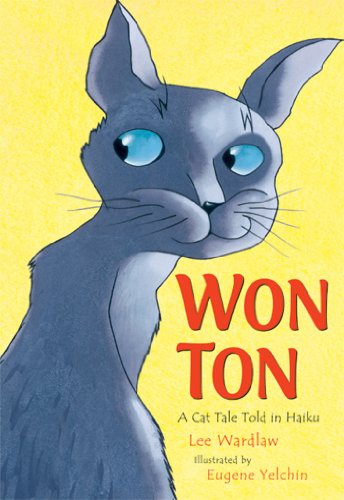We are thrilled to have author Michelle Nott with us today. This fall, her newest picture book releases, Teddy, Let’s Go!, and illustrated by Nahid Kazemi. She shares such a beautiful story about a Grandmother giving her newborn grandchild a teddy bear she made herself. Teddy takes the reader on an unforgettable adventure about love and friendship.

Tina: Thank you for visiting today, Michelle! This is a precious story to share. Whether drafting or revising, how do you know when it is necessary to show action, scene and sensory elements?
Michelle: Thanks for having me! When I’m drafting a new picture book, I write it all out as it comes to mind without stopping to really edit. Once I have the full story in front of me, I know my characters, their emotional arc, and the story arc, then I start cutting anything that would be easily shown in the illustrations. If a detail is necessary to have in an image but is not obvious from the text, then I will add an illustration note.
Every action, scene, and sensory element must move the story forward. There is no room for extra words, no matter how beautifully written or how funny they are. It can be hard to cut favorite lines (I cut and paste them into another document to save them). But for the sake of story, only keep what is essential.
Try to keep these questions in mind:
Does the action add to the understanding of the character and/or move the story forward?
Does a particular scene provide essential information about the characters or forward the plot in such a way that could not be incorporated anywhere else?
As for sensory elements, do they add to or distract from the character development or narrative?
Tina: Those are great suggestions, and often easier said than done. Are there specific strategies, tools or resources you use to incorporate more showing/descriptive language?
Michelle: Yes, before writing picture books, I wrote and published poetry. So, I like to use poetic devices to enhance my writing. I find that having a background in poetry has helped me keep a close eye on word count and how to say as much as I can with as few words as possible.
For example, in my debut picture book Teddy Let’s Go!, which is told from a teddy bear’s point of view, I wanted the reader to understand immediately that a grandmother has made this precious gift and that the teddy feels how much love she has given him to pass on. Without saying all that outright, my first line is simply, “The wavy-haired woman with love in her eyes pulled me close and whispered in my ear.” From that one line, the illustrator created four images, three of which lead up to it.
Tina: What a gorgeous first line. Would you like to share an example of a before and after where you needed to show more and found the right words to paint the image for the reader?
Michelle: Of course, to follow up on my previous answer, the following lines are rather an example of where I was telling too much in a very early draft (from 2012):
“With every paw [the grandmother] sewed, she smiled. With every arm attached, she laughed.
And with stiff fingers, she stuffed me with all the love she had. Up into my ears. Around my belly. Down to my toes. The opening was just under my bum. She patched it with a label:
‘Specially hand-made by Grandma.’”
All those lines became simply:
“The wavy-haired woman with love in her eyes pulled me close and whispered in my ear.”


Everything I had written in that earlier draft of this scene was long cut before I ever queried my agent. In the end, however, Nahid Kazemi’s illustrations brilliantly convey everything I had wanted to express, and without illustration notes.
When writing stories, we must keep in mind to “show, don’t tell.” But I think we also need to remember to “show just enough, and don’t tell.” Never underestimate the imagination of the reader nor that of the illustrator.
Tina: An excellent point. The illustrations show as much heart as your writing. Your words and her art blend perfectly. Writing is about balance. How do you know you’ve got it just right? What tips or suggestions do you have for writers in terms of striving for that balance of showing versus telling?
Michelle: Storyboarding my manuscript helps me balance what to show and what to tell. Even though my characters are stick figures and my trees look like lollipops, it’s really helpful to imagine how the story could appear on the page. As I do this, I can more easily see what lines actually work best as illustrations and, therefore, do not need to be written out. There shouldn’t be any redundancy between the images and the text.
Tina: That’s a really strong strategy. Thank you for sharing such valuable information and strategies. Wishing you and Teddy every success as his story enters the world!

Michelle Nott is a former educator (pre-K to 12, French and Creative Writing), freelance editor, published poet, and children’s book author. She writes fiction and nonfiction, in prose and verse. She has authored two early readers, Freddy, Hoppie and the Eyeglasses and Dragon Amy’s Flames. Her debut picture book, Teddy Let’s Go!, releases this fall from Enchanted Lion Books .
Michelle grew up in the U.S. and has lived in Europe for extended periods of time. She holds American and French citizenship and is bilingual, English and French. Her extensive travel around the U.S., Europe, and Africa fuels her imagination and appreciation for story, art, and world cultures.
You can find Michelle online at:
You can pre-order your copy here:


































